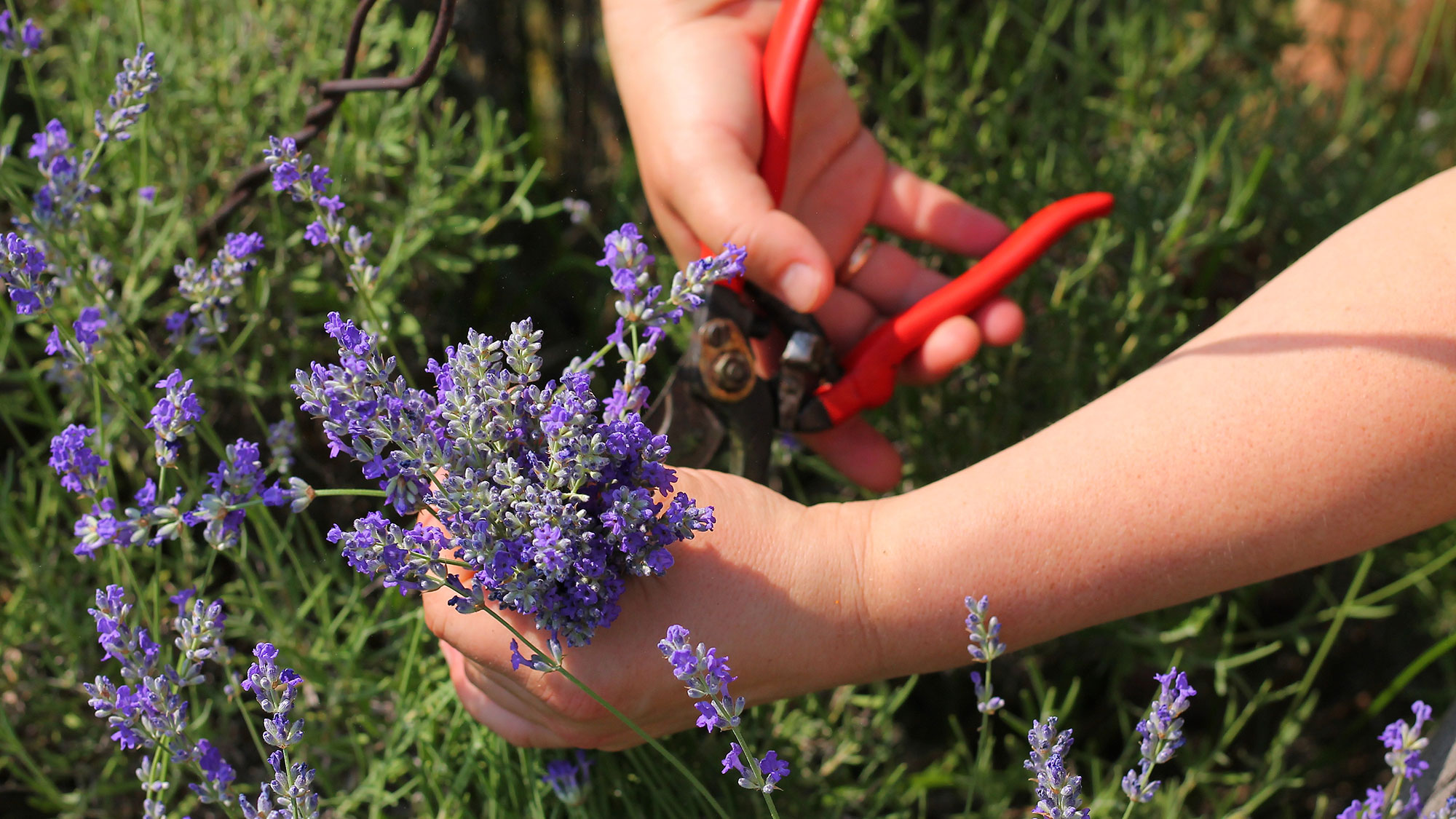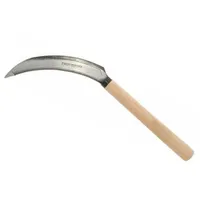Now is the best time to harvest your lavender — here’s how to do it the right way
Reap the rewards

Lavender is one of my favorite garden plants and it’s a popular yard staple among professional and home gardeners alike. With a compact form and beautiful silvery gray foliage, it has a lot to offer in terms of structure and fragrance. It works well planted on its own or within a low hedge, where its fragrance can be released when you brush past.
What’s more, lavender is also admired by wildlife and is one of the best plants to attract butterflies and other pollinators to your yard and it can also be used as part of a planting scheme to turn your back yard into a relaxing retreat. Another benefit is that it is easy to care for and is an ideal choice for a low-maintenance garden.
Apart from these advantages, lavender’s aromatic qualities can extend beyond its life in the yard. So, why not make the most of this perennial and harvest your lavender to enjoy its fragrance throughout the year?
Here, David Denyer, flower expert at Eflorist shares the best time to harvest lavender for optimal fragrance and how to do it. You might also be interested in reading when and how to prune lavender and how to winterize lavender.
1. Harvest lavender at the right time

For the best-dried lavender, Denyer says it’s all about when you harvest it. “Aim for that sweet spot in summer — like late June to early August — when most flower buds are colorful but not fully open. This is when the fragrant essential oils are most concentrated,” he says.
He also recommends harvesting your lavender at midday, “when the sun has chased away dew and the oil content is at its highest.”
2. Use the best tool for the job

When it comes to harvesting lavender, you’ve probably already got a tool that will do the job, although you can use something more specialist. “You can technically use any sharp cutting tool, but a hand pruner or a curved harvesting knife stands out as the top choice. These help you make sharp, clean cuts, which is super important to keep your lavender plants happy,” says Denyer.
Get instant access to breaking news, the hottest reviews, great deals and helpful tips.
Zenport K205 Harvest Knife: $9 @ Amazon
This curved bladed harvesting knife is suitable for lavender and row crop harvesting. It features a 6.5-inch stainless steel serrated blade and wooden handle, designed for one-handed use.
3. Cut the lavender in the right place

The secret to a good lavender harvest is all in the placement. Denyer says, “Aim to cut the stem about 2 inches above the woody part of the plant. This woody section is the plant’s base and it’s crucial for future growth, so we definitely want to leave it intact.”
But why is this important? “By cutting above this point, you’re encouraging fresh, new growth from the base, which means a healthier lavender plant in the long run,” he explains.
Top tip
Keep your pruning shears clean and sharp to ensure you always get a clean cut without dirt, sap and plant debris that might pass disease onto healthy plants. Discover easy cleaning tips for cleaning pruners and how to sharpen pruning shears to keep yours in tip-top condition.
4. For great fragrance, harvest the buds

My instinct would be to harvest the buds and the stem, but Denyer explains if you’re really serious about the scent, you can go the extra mile and harvest just the buds. “This method promises a more concentrated lavender product, however, it requires a bit more effort and a lot of patience. It’s a labor of love, that’s for sure!”
“To start, you’ll want to wait until the flowers are fully open and their color is at its most vibrant. Then, carefully remove the buds from the stem. You can do this by gently pinching them off or using a small pair of scissors,” he explains, “It can be a bit tedious, but the reward is a top-notch lavender product that’s hard to beat.”
Can lavender be pruned and harvested at the same time?
As a gardener, I’m always looking for quick hacks to save time, so I was interested in learning whether you can prune and harvest lavender at the same time. “It’s definitely tempting to combine harvesting and pruning, but I generally don’t recommend it,” says Denyer. “This is because pruning focuses on shaping the plant, with cuts typically made deeper into the woody stems to encourage new growth. This isn’t ideal for harvesting, where you want to capture the fragrant flowerheads at their peak.”
However, he does say there is a happy medium, “If you’re nearing the end of the flowering season, you can harvest the flower stalks you want and then give the remaining plant a light prune to remove spent blooms and encourage some late-season growth.”
More from Tom's Guide

Camilla is the Homes Staff Writer and covers everything to do with homes and gardens. She has a wealth of editorial experience, mounting over 30 years, and covers news and features, tests products for reviews and compiles buying guides.
Her work has appeared in business and consumer titles, including Ideal Home, Real Homes, House Beautiful, Homebuilding & Renovation, and Kitchen & Bathroom Business. She’s even appeared on the cover of Your Home, writing about her own house renovation.
Although she’s obsessed with decorating her home, she also enjoys baking and trying out the latest kitchen appliances. But when she’s not inside, you’ll find her pottering about in her yard, tending to her vegetable patch or taking in her prized hydrangeas.

